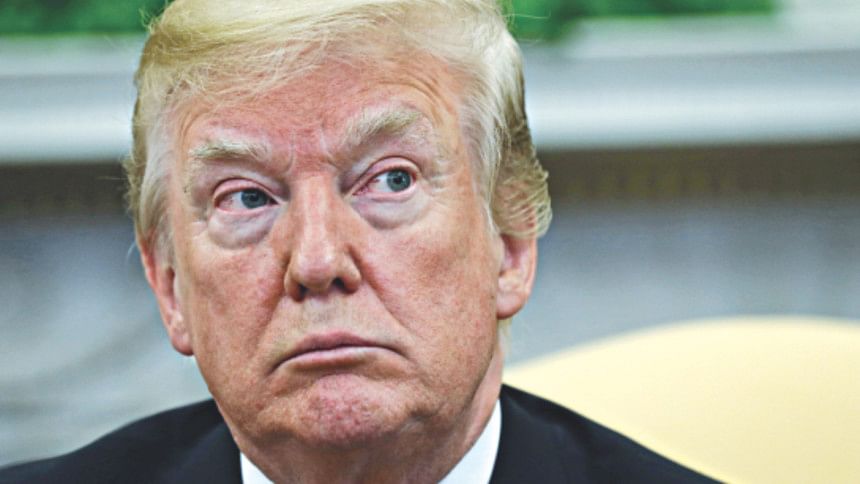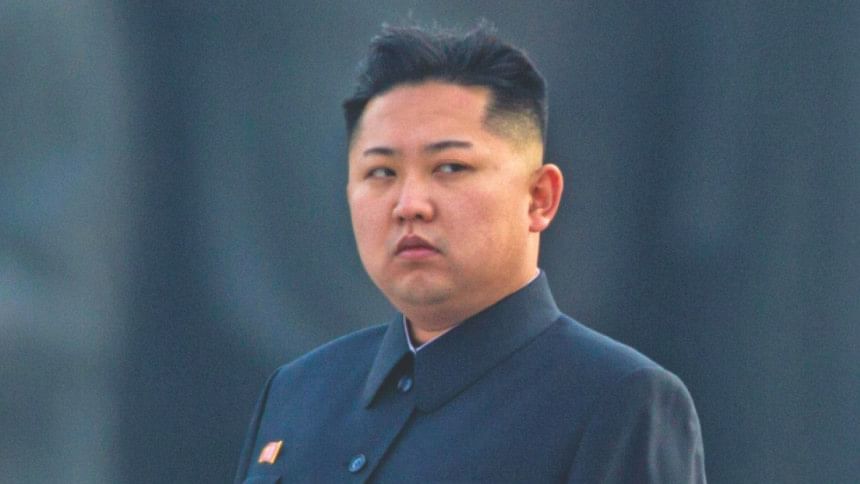FROM GOOD TO BAD TO WORSE

KICK THE CAN DOWN THE ROAD
The most likely outcome may be an agreement to keep talking. Such a deal would involve a lofty declaration that both sides seek peace - even a formal treaty - and a commitment to work towards the goal of ridding the Korean peninsula of nuclear weapons. Under such a deal, North Korea could announce an extended moratorium on nuclear and missile testing in exchange for modest sanctions relief. The US may also want any agreement to explicitly mention shorter-range missiles so as not to jeopardise alliances with Japan and South Korea, both of which are vulnerable to attack. Kim said late last year that he had obtained the ability to strike the US with a nuclear weapon. Since then he has unilaterally suspended nuclear and missile tests, closed the test site where the country detonated all six of its nuclear devices, and turned his focus to building the economy.
DENUCLEARISATION
This is the biggest sticking point between the two sides. While it is probably unrealistic for Trump and Kim to agree on all aspects of denuclearisation at their first meeting, many experts say it is still possible to go meaningfully beyond a kick-the-can-down-the-road accord. To do so, they would need to emerge with "a clear sense of what the diplomatic pathway is" for achieving complete and verifiable denuclearisation, said senior research scholar Mira Rapp-Hooper at Yale Law School's Paul Tsai China Centre. That would include a timetable for detailed negotiations on dismantlement, verification, and implementation phases. And even before the process starts, US has to convince Kim of North Korea's security. Experts say the whole process can take at least 10 years.
NORTH KOREAN CONCESSIONS
A good deal for the US would eliminate or cap production of North Korea's two classes of intercontinental ballistic missiles - the Hwasong 14 and the larger and more developed Hwasong 15 - as well as shorter-range missiles that would be used in an attack on Japan or South Korea. North Korea could also agree to limit the size of its stockpile of fissile material used for making nuclear weapons. Such a move would need to be accompanied by credible verification measures and assurances that North Korea's Yongbyon nuclear plant had ceased production. Experts say verification is the key to any lasting deal.

US CONCESSIONS
Trump could offer Kim a number of immediate and tangible incentives to start getting rid of his nuclear weapons. Chief among them is relief from the tightest economic sanctions the US has imposed on North Korea in decades. Trump could also reduce the number of US troops in South Korea from the 28,500 currently deployed towards 22,000, the minimum allowed under an amendment to the National Defence Authorisation Act passed by Congress and confirmed on May 14. In a more modest step, the US could agree to limit the size and scope of its military exercises. North Korea would likely be expected to curtail its military drills in return.
RISKS
The biggest risk for the US is that Trump simply concedes too much in return for too little, limiting leverage for pushing future steps towards denuclearisation. Past deals have fallen apart due to disputes over inspections and the delivery of promised economic aid. And implementation of any deal is likely to stretch beyond the term of Trump, who can stay in power until January 2025 if he manages to win re-election, while Kim faces no term limits. Also looming over the talks is the possibility that Chinese and South Korean enthusiasm to engage economically could overwhelm US efforts to drive a hard bargain.
NO DEAL
There is still a risk the meeting never even happens, and if it does, it could simply fall apart. Trump's mercurial negotiating approach has yet to prove effective in reaching new deals on the global stage - if anything so far he has proven far more adept at cancelling agreements than creating them. Trump on Saturday said he would know 'in a minute' if Kim is willing for a deal or not. Trump risks being cast as the spoiler if he pushes too hard, said Patrick Cronin, director of the Centre for a New America Security's Asia-Pacific security programme.

 For all latest news, follow The Daily Star's Google News channel.
For all latest news, follow The Daily Star's Google News channel. 



Comments